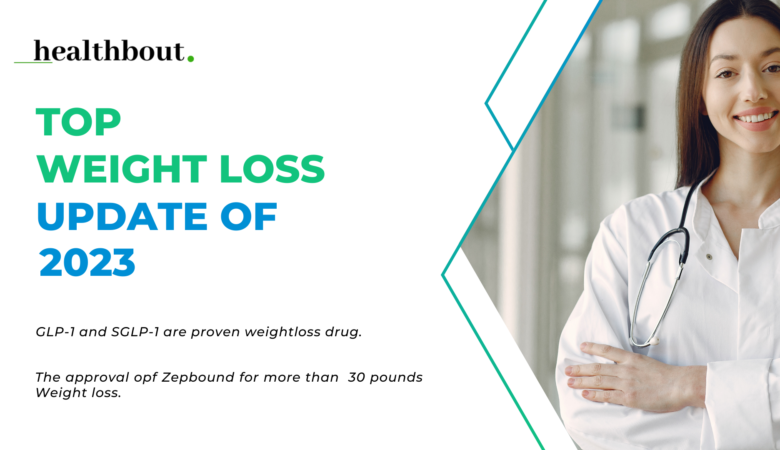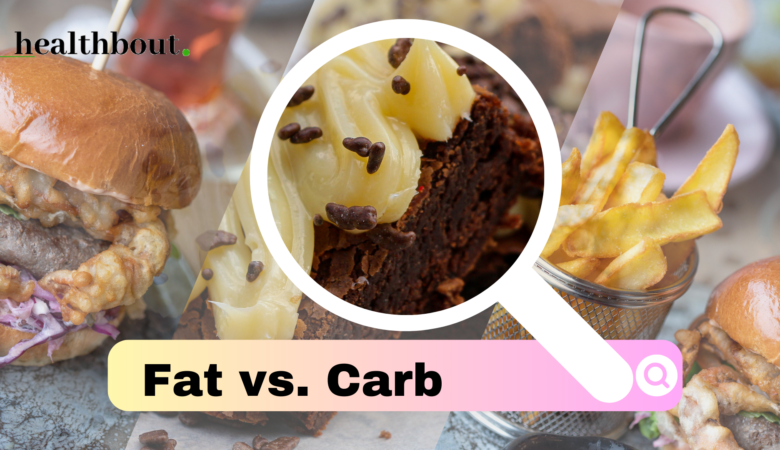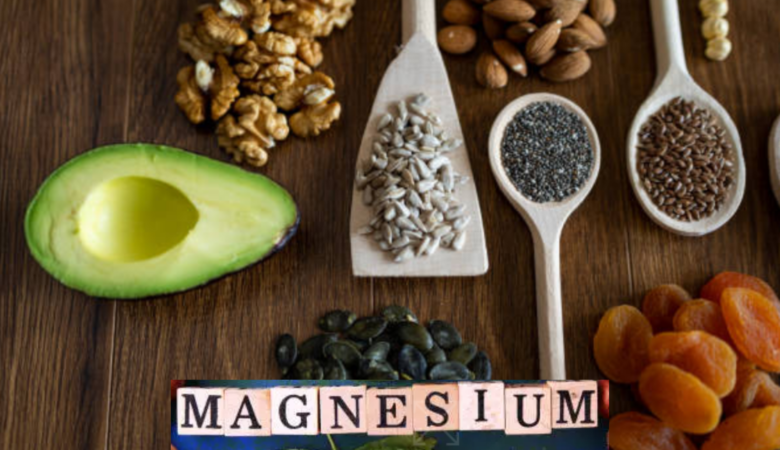What is Drug Addiction?
Drug Addiction is defined as the relapsing disorder indicates by excessive and compulsive drug-seeking. The continuous use comes with so many harmful consequences. In drug addiction, both complex brain disorders and mental illnesses happen.
The mental illness eventually reaches when there is substance use disorder taking place. Research, its found addiction is the most severe stage of wide range use of substance use disorders. It affects society and other people in many ways when an excess of drug addiction takes place.
The use of alcohol, nicotine, and illicit drug use the nation more than $740 billion in a year related to healthcare, crime, and lost productivity too. In 2016, drug overdoses killed over 63000 people in America, while 88000 died from excessive alcohol use.
In this, article we will be talking about common symptoms of drug abuse and symptoms of some specific drug addiction, causes, complications, risks and diagnosis and treatment of drug addiction.
Use of a substance for the disorder, the difference between use, misuse and abuse, and the difference between physical dependence, tolerance, and addiction.
Signs and Symptoms of Drug Addiction
The American Psychiatric Association (APA), in 2013 classified the symptoms of substance use disorder into 4 categories:
- Impaired control
- Social impairment
- Risky use
- Tolerance and withdrawal
We will be telling about the clinically significant impairment with 11 symptoms that are the most probable criteria occurring within 12 months. So, let’s dive in for the symptoms taken from trusted resources.
However, the mild disorder has 2-3 symptoms, the moderate disorder has 4-5 symptoms and the severe has 6 symptoms.
In drug addiction, substance use is not intended but taken in large amounts.
The deep desire of cutting down drug misuse but unable to do so.
A large deal of time is spent on using the substance and subsequently recovering from its effects.
Cravings are most common in substance use disorder.
You Fail at commitments to professional work and personal relationships. As a result, your social interactions or interpersonal communications are caused by the effects of its use.
Necessary social, occupational, or recreational activities are reduced because of the use of the substance.
Despite being physically hazardous, recurrent use of drugs takes place.
The use of the substance is going on despite knowledge of physical or psychological problems that are being created by that substance use.
So, tolerance is defined by-To having the same level of desired effect doses of drugs are continuously increasing.
There will be a continuously decreasing effect of the same amount of drugs on the body, so excess drug consumption is done.
Withdrawal, as manifested as
Specific drugs have specific characteristics of withdrawal syndrome. Moreover the Usage of substances to relieve or avoid withdrawal symptoms.
Recognizing intoxications of
- Marijuana, hashish and cannabis symptoms
- Sense of euphoria.
- Red eyes, dry mouth, increased B.P.
- Decreased coordination and slow reaction time.
- Anxiety or paranoid thinking.
- Difficulty concentrating or remembering.

Long term use of excessive drug consumption –
- Decreased mental sharpness.
- Poor performance at work.
- K2 spice and bath salts symptoms
- Elevated mood.
- Paranoia and hallucinations.
- Vomiting and confusion.
- Increase heart rate or BP.
- Extreme anxiety or agitation.
- Increased sociability.
- Increase sex drive.
- Confused thought process.
- Psychotic and violent behavior.
- Loss of muscle control.
- Panic attacks and hallucinations.
Barbiturates, benzodiazepines and hypnotics symptoms
Drowsiness.
Slurred speech
Irritability or changes mood.
Memory problems.
Lack of coordination.
Lack of inhibition.
Involuntary eye movements.
Fails or accidents.
Dizziness.
Slurred speech.
Meth, cocaine and other stimulants
Rapid speech dilated pupils.
Increased alertness.
Increase energy and restlessness.
Behaviour changes or aggression.
Irritability, anxiety, or paranoia.
Changes in heart rate, blood pressure, and body temperature.
Nausea, vomiting, and weight loss.
Insomnia, depression in drugs wears off.
Impaired judgment.
Nasal congestion damaged the mucous membrane of the nose.
Mouth sore, gum diseases, and tooth decay.
- Hallucinogens
- Hallucinations.
- Impulsive behavior.
- Rapid shifts in emotions.
- Tremors.
- Flashbacks.
- Change in mental perception.
- Inhalants
- Brief intoxication.
- Decreased inhibition.
- Dizziness.
- Decreased inhibition.
- Nausea or vomiting.
- Involuntary eye movements.
- Irregular heartbeats.
- The lingering odor of inhalant material.
- Rash around the nose and mouth.
- Dizziness.
COMPLICATIONS
- Methamphetamine, opiates, and cocaine. These are highly used in drug misuse and are addictive too. It causes various short and long term effects such as psychotropic behavior, seizures, or death due to overdoses.
- GHB and flunitrazepam cause sedation and memo try loss. These are so-called “date rape drugs” and are known to impair the ability to resist unwanted contact.
- Due to the toxic nature of inhalants, users develop damage in the brain of different severe levels.
- These are almost proven to be a communicable disease. So, accidents, health problems, suicide, family problems, legal issues, and financial problems are the other life-changing complications that occur.
Preventive measures for Drug Addiction
Preventive measures in children and teenagers:
- Communicate to your children, try to understand their situation, they also have seen highs and lows in their respective lives.
- Listen. Be a good listener, when you want a problem to be sorted out. Your child may be in peer pressure of any aspect, so be a support system to them.
- Set a good example. Actions are louder than words. Make your child understood the things by your actions or how to take challenges in life.
- Strength the bond, if you have a good bond with your child he/she will come to you first when dealing with some issue in their own life, make a good level of trust that you will support them not scold them.
Preventing the relapse:
- Stick with your treatment plan.
- Avoid those interactions or peoples who make you trigger drug addiction.
- If you unintentionally break your period or plan of treatment, don’t panic, and don’t stress yourself. So, better to talk to your doctor or family member who can help you.
DIAGNOSIS AND TREATMENT
Diagnosis is generally done under an alcohol or drug counsellor. Though certain lab tests are performed like a blood tests, urine tests to have proper analysis, Sometimes psychologists and psychiatrists are included to understand the past history and then plan your treatment.
A chemical dependence treatment program
- Individuals, groups or family therapy sessions.
- Understanding the nature of addiction.
- Detoxification.
- Upload overdose.
- Behavior therapy.
- Self-help groups.
Difference between drug use, drug misuse, and addiction.
| Drug use | Drug misuse | Addiction |
| It refers to any scope of illegal use of drugs heroin use, tobacco use, cocaine use | If the prescribed medication is taken in an unhealthy way or misused. Repeated use of drugs or alcohol takes place to have pleasure. | A person’s inability to have to control the use of drugs even after knowing the harm it is giving to you. |
Difference between physical dependence, tolerance, and addiction
| Physical dependence | Tolerance | Addiction |
| It occurs with the almost daily use of prescribed or illegal use of drugs. | It is the need to take a higher dose to get the same effect on the body. | Drug-seeking is compulsive, despite negative references. |
(References are from website-www.drugabuse.gov and www.mayoclinic.com)
Drug addiction is a universal problem. Though there are so many programs running to ward off the problem of drug addiction, we need a potential plan.





